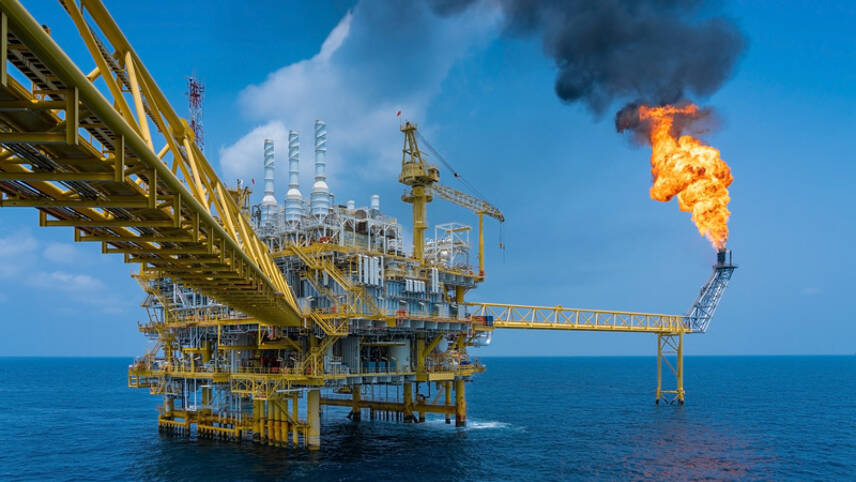Register for free and continue reading
Join our growing army of changemakers and get unlimited access to our premium content

Emissions were under-reported from flaring in several major fossil producing nations including Russia and the US
Called Climate TRACE, the inventory has been produced by a coalition of academic institutions and energy data experts through a new non-profit of the same name. It has been contributed to by more than 100 organisations, including Global Energy Monitor, Carbon Mapper and Google.org.
At present, the inventory includes facility-level emissions data for more than 72,000 sources of GHG emissions in high-emission sector. Facilities listed include oil and gas fields, fossil fuel power plants, road networks and facilities in heavy industrial sectors such as steel, cement and aluminum.
Data on the emissions from these facilities is collected from more than 11,000 sensors and 300 satellites as well as from public and commercial information.
More than half (26) of the 50 highest-emitting facilities listed on Climate TRACE are oil and gas fields. The value chain emissions of these fields, including processing and transportation, is accounted for. When the 500 highest-emitting facilities are assessed, 60% of them are power plants.
Climate TRACE is stating that emissions from the oil and gas sector have been “significantly underestimated” and, that if the assets listed are a representative sample of the global sector, its overall emissions footprint could be up to three times higher than it is reporting. Much of the underestimation, the organisation has stated, is down to poor tracking of methane emissions resulting from leaks and flaring.
Flaring is still a common practice in many nations that have signed up to the Global Methane Pledge to cut methane emissions by 30% by 2030, the inventory reveals, including the US. The oil and gas sector is the world’s biggest source of methane emissions, followed by agriculture. The Pledge is set to announce new members and goals at COP27, so watch this space and expect the initiative’s leaders to face tough questions off the back of the Climate TRACE findings.
Al Gore, who is one of the founding members of Climate TRACE, said: “The climate crisis can, at times, feel like an intractable challenge – in large part because we’ve had a limited understanding of precisely where emissions are coming from. This level of granularity means that we finally have emissions data that enable us to act decisively. It also means we can prioritize efforts to achieve the deep cuts in greenhouse gas pollution we need to prevent the most catastrophic impacts of the climate crisis.”
Gore was among those delivering speeches on the first day of the World Leaders Summit at COP27 in Egypt on Monday (7 November). During his speech, he stated that world leaders “have a credibility problem” in that pledges on climate are being made but not backed by appropriate action to cut emissions.
Gore said: “We can continue the culture of death that surrounds our addiction to fossil fuels, by digging up dead life forms from eons ago and burning them recklessly in ways that create more death… the curses that we are continuing to choose are ever more apparent.”


Please login or Register to leave a comment.